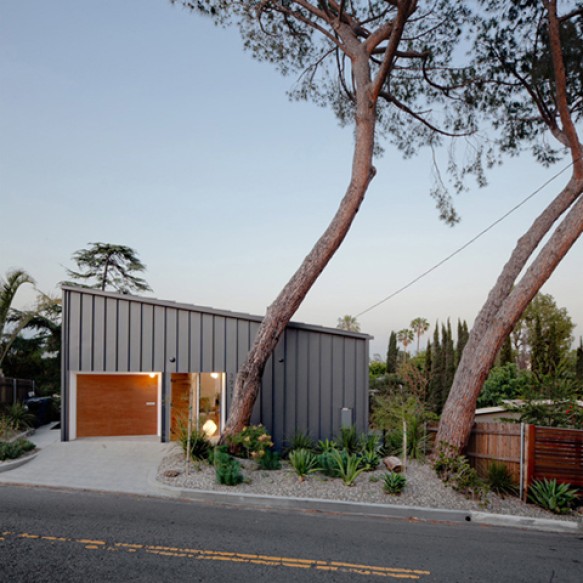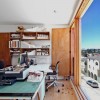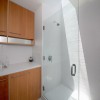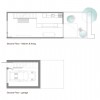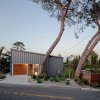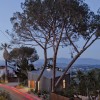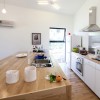AA: Helping Los Angeles with Its Big House Addiction
Los Angeles has a new ally in combatting sprawl. Anonymous Architecture is churning out spaces that are small, useful, affordable and might help reign in the rate of ceaseless residential land expansion.
We came across AA’s “Eel’s Nest” home via Fair Companies; it is AA lead architect Simon Storey’s personal home. He said he was drawn to the land and its home because they were half to a third the price of anything else in the area. The tiny lot–780 sq ft–originally held an even tinier 350 sq ft home.
Storey tore down the old structure and replaced it with a box-shaped 960 sq ft home with two stories, two bedrooms, a garage and roofdeck. The whole project, according to Storey, had a modest budget of $120K. Even though he probably saved a little money on architect fees, this is an impressive sum for building a very attractive and livable house.
AA designed another interesting small space called the BIG and small House on LA’s Mt Washington. The home has a 2500 sq ft lot size, a 900 sq ft house footprint and 1200 sq ft of useable floor space. The idea behind the house was to maximize the feeling of spaciousness by incorporating high ceilings, lots of natural light and maintaining an open floor plan. The very luxe feeling space had a $200K budget. Not cheap–especially for what is essentially a one bedroom house–but far from outrageous considering the innovative design.
If you think these homes aren’t compact, consider these facts from the US Census:
The average new single-family home sold was built on a lot of 16,663 square feet. The average lot size for new homes sold inside metropolitan areas was 15,616 square feet. Outside metropolitan areas, it was 28,768 square feet.
We appreciate that AA’s designs provide interesting and cost-effective architectural solutions to combat urban sprawl, which is typically dominated by huge homes.
Image via Anonymous Architecture





